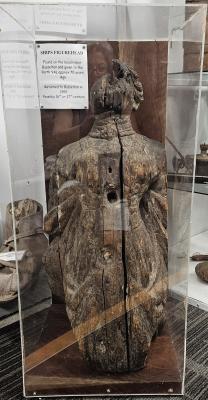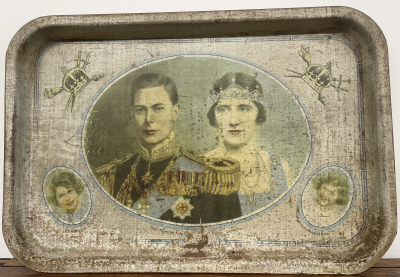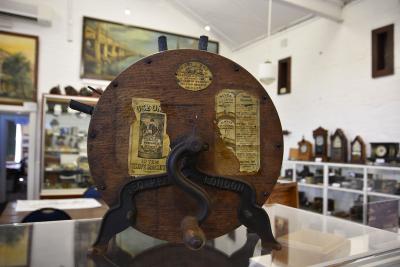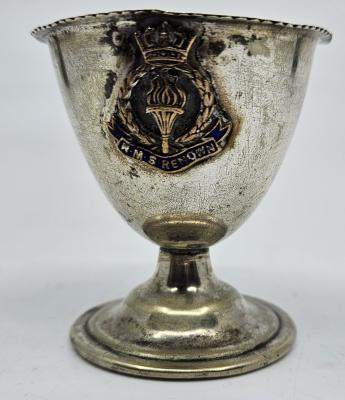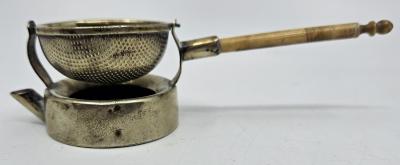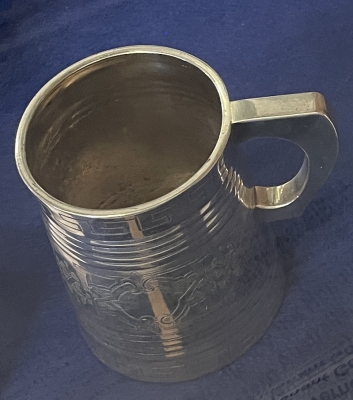Whaling Knife
Cast iron whaling knife that has a flat blade attached to slightly curved section that ends in a round socket where a long metal or wooden handle can be inserted.
Whaling was one of the first industries established in WA. The Castle Rock Whaling Company based itself at Castle Bay between 1845 to 1872, as it provided shelter, water, firewood and a high point from which to spot whales. Running a whaling station at such a remote spot had its problems like drunkenness, absconding workers and in 1849 all boats and sheds were destroyed by fire.
The two main species of whales targeted by whalers at Castle Bay were the Humpback Whale and the Southern Right Whale which migrate north-south along the Western Australian coastline stopping in Geographe Bay to feed and strengthen their calves before continuing to the Southern Ocean.
Details
Details
When removing the blubber from the whale, it was cut by spades, or knives similar to this one, under direction of the second mate. The blubber was cut into a six-foot wide strip and hoisted up to the block on the mast by huge tackle and a blubber hook. This huge strip about 14 feet long was called a blanket piece.
More items like this
Other items from Busselton Historical Society
Scan this QR code to open this page on your phone ->



